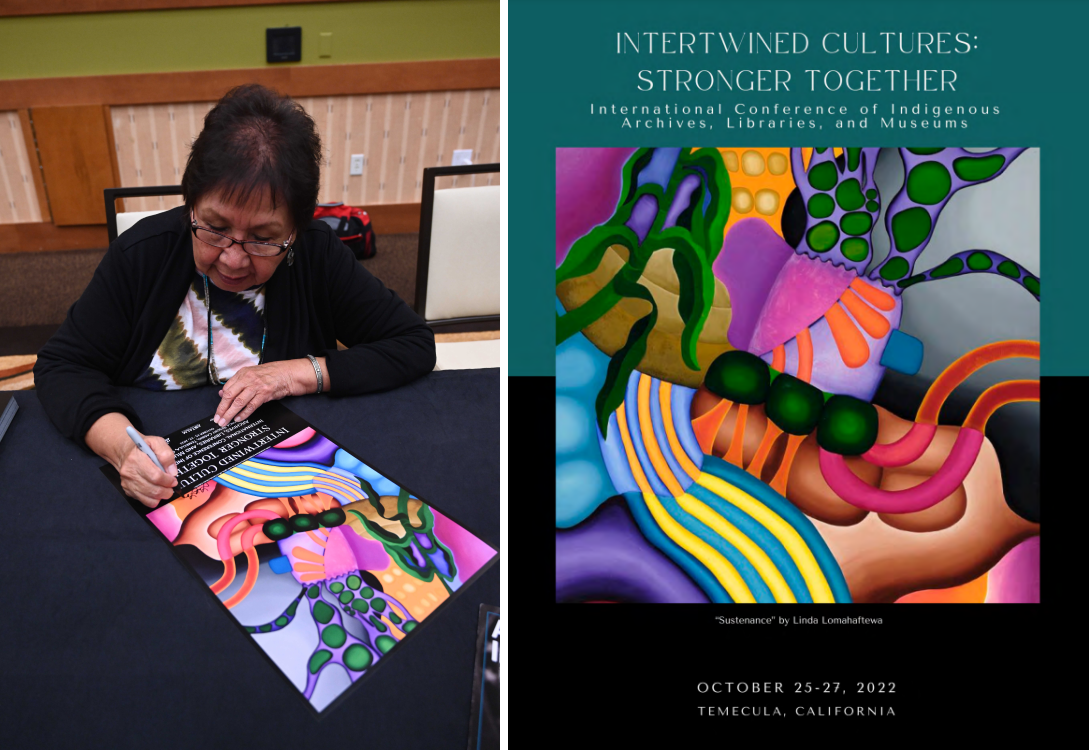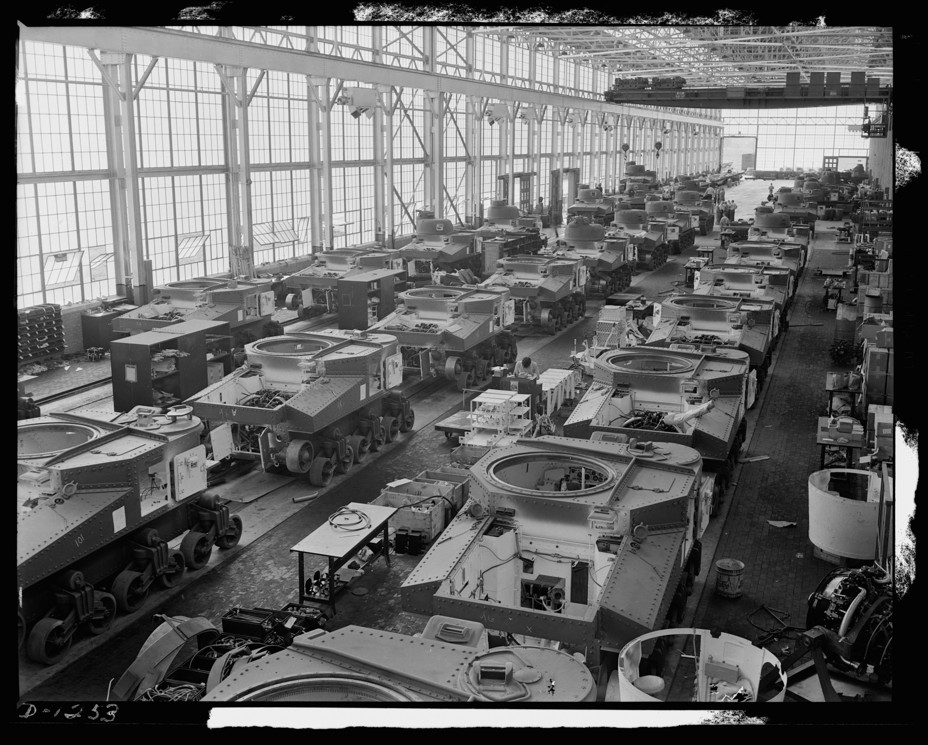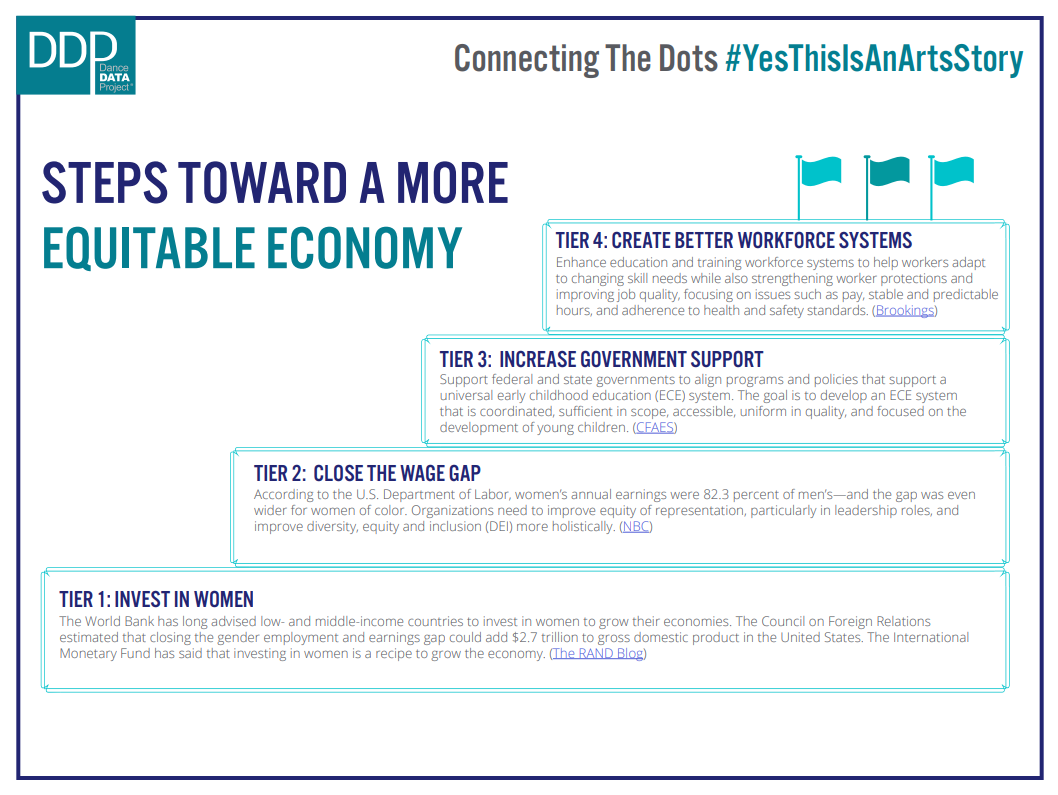In 2022 I have had the opportunity to work with a group of seven tribal-led organizations who are seeking to develop sustainable support for Native arts and culture programs serving their communities. Native Arts & Culture Councils, a two-year...
In 2022 I have had the opportunity to work with a group of seven tribal-led organizations who are seeking to develop sustainable support for Native arts and culture programs serving their communities. Native Arts & Culture Councils, a two-year pilot project funded by the Ford Foundation, is designed to help Native communities develop Arts and Culture Councils (similar to existing local arts agencies across the United States). It has been an inspiration to see this work up close! In the initial stages of this initiative, this group of tribal-led, community-based organizations is making important contributions to our national cultural discourse. Moving forward, the work of each of these organizations paves the way for broader participation by other tribes.
Native Arts & Culture Councils is managed by the Association of Tribal Archives, Libraries, and Museums (ATALM), an arts service organization that maintains a network of support for Indigenous programs by providing culturally relevant programming and services and encouraging collaboration among tribal and non-tribal cultural institutions. ATALM also works intentionally to sustain the cultural sovereignty of Native Nations and has a deep commitment to building the entire Native American cultural field, most especially through partnering with other national Indigenous organizations. ATALM has a remarkable core team of three committed professionals—Director & CEO Susan Feller, Program Director Melissa Brodt, and Special Projects Coordinator Jessica Cordes—who accomplish so very much in service to the Native American cultural community.
ATALM worked extensively with Native cultural leaders to address key issues and lay preliminary groundwork that paved the way for the Native Arts & Culture Councils project. In 2021, ATALM went in-depth to get extensive input from Native communities, convening meetings and conducting surveys of tribal museums and cultural centers, and focused on key issues in the Native American cultural field ranging from space and capital needs to financial and other resource requirements, including staffing and staff training needs. ATALM found that many Native communities lack the adequate infrastructure to support arts and culture needs such as cultural planning to engage residents in determining community priorities, assessing cultural facility needs, inventorying cultural assets, and finding effective ways to serve artists and reach broader audiences through arts programs and services.
At the May 2021 Native Artists Summit, Dr. Miriam Jorgensen, Research Director of Native Nations Institute, University of Arizona, presented the findings from the Native Artists National Needs Assessment Survey Report. Peer groups of culture bearers, artists, and cultural and educational institutions participated in listening sessions on a wide range of topics (including tourism and regional issues), and highly respected national cultural leaders—including Lulani Arquette (President and CEO, Native Arts and Cultures Foundation), Lori Pourier (President, First Peoples Fund), and Clifford Murphy (Director, Folk & Traditional Arts, NEA)—gave reports from the field about how these national organizations serve Native communities, institutions, and individual artists.
A cohort of organizations that had an established cultural facility were selected on a competitive basis to participate in the Native Arts & Culture Councils pilot program:
Alabama-Coushatta Tribe of Texas, Tribal Historic Preservation Office Choctaw National of Oklahoma, Choctaw Cultural Center Ho-Chunk Nation of Wisconsin, Ho-Chunk Nation Museum & Cultural Center Iowa Tribe of Kansas & Nebraska, Báxoje Wosgaci, Iowa Tribal Museum & Culture Center Muscogee (Creek) Nation, Cultural Center and Archives Pamunkey Tribe of Virginia, Pamunkey Indian Museum & Cultural Center Pueblo of Acoma, Sky City Cultural Center & Haak’u MuseumThreshold questions were on the table: How can cultural institutions, tribal leaders, artists, and others work together to build a strong infrastructure to support arts and cultural work? How might national and regional funders—including federal agencies, regional arts organizations, and state arts agencies—develop policies and financial support to advance this work? And how might tribal governments and the Native arts organizations in their areas engage their local stakeholders in the effort?
Throughout 2022, the cohort has focused on engaging local leaders on how best to build a sustainable future for the arts that best serve their communities. ATALM hosted monthly meetings with the cohort for peer-to-peer discussions and training, making a special effort to recruit advisors committed to the work including national cultural leaders, museum professionals, representatives from a wide range of cultural organizations, and Native advocates. National, regional, and statewide organizations were represented, including Americans for the Arts’ Animating Democracy program, regional arts organizations, the Oklahoma Arts Council, and several tribal cultural organizations who have developed exceptionally successful programs such as the Chickasaw Cultural Center. Experts with experience in key areas advised the cohort on basic organizational issues of governance and community building, how-to sessions on compiling artist directories, and engaging local people and organizations in the work.
The group discussed approaches to conducting community cultural inventories and assessing local cultural needs. Ruby Lopez Harper, special consultant to ATALM, organized leadership challenge activities that enabled the cohort to address key issues effectively and yield tangible outcomes. ATALM’s staff collected key documents about local arts council development from various sources, including the state arts agencies in Georgia and Oklahoma, and compiled extensive and comprehensive toolkits on a wide variety of topics. Their website includes extensive resource materials related to policy issues, funding opportunities, and documentation of best practices in the cultural field.

Artist Linda Lomahaftewa (Hopi/Choctaw) signs prints of her artwork “Sustenance,” which was featured on the cover of the ATALM Intertwined Cultures: Stronger Together conference program, images courtesy ATALM.
In late October 2022, ATALM had its first in-person annual international conference since the pandemic which attracted a capacity crowd of tribal cultural leaders, funders, and advocates. The theme of the conference, Intertwined Cultures: Stronger Together, was especially appropriate for recognizing the contributions of Native artists and communities. Several major national foundations, including the Ford Foundation, Mellon Foundation, and Doris Duke Charitable Trust sent representatives to the conference, and the heads of the three primary cultural federal agencies (National Endowment for the Arts, National Endowment for the Humanities, and Institute of Museum and Library Services) took active leadership roles throughout the conference. These foundations and federal agencies are committing significantly more resources in support of Native arts and cultures than in the past; for example, Doris Duke has provided major support to seven universities to house Native American oral history collections that will serve tribal communities, while Mellon Foundation’s Native American Scholars Initiative fosters the career development of the next generation of Native scholars and museum professionals.
ATALM produced a special day-long pre-conference interactive workshop that brought together the Native Arts & Culture Councils cohort and field experts in community engagement, art programming, cultural facility development, and funding. Members of the cohort brought their own leadership challenge “case studies” to the workshop for peer review and presented how they were organizing arts councils in their areas. It was remarkable to hear how these different tribal communities were organizing their work at the grassroots level, yet with an appreciation of how each of them was part of important national cultural work. The work at both levels needs to be seen within a broader cross-cultural context that gives greater recognition to the realities of our current national cultural life.
The Native cultural field has changed dramatically in the last thirty or so years. There is broader acceptance that there should be no “speaking about us without us,” and Native leaders, artists, and cultural organizations want their cultural perspectives recognized, documented, understood, and celebrated. Community-anchored and community-informed work includes a variety of approaches: Some of the tribal organizations are committed to advancing tourism to strengthen the local economy; others focus on supporting local artists (including artist directories, organizing local art markets, and commissioning public art projects); still others seek to develop programmatic capacities related to public events, classes and workshops, film screenings, youth projects, ceremonial activities, and heritage preservation and oral history projects. There is value in having input from people living in tribal communities and having their perspective on how best to develop local cultural assets that suit their community’s needs.












